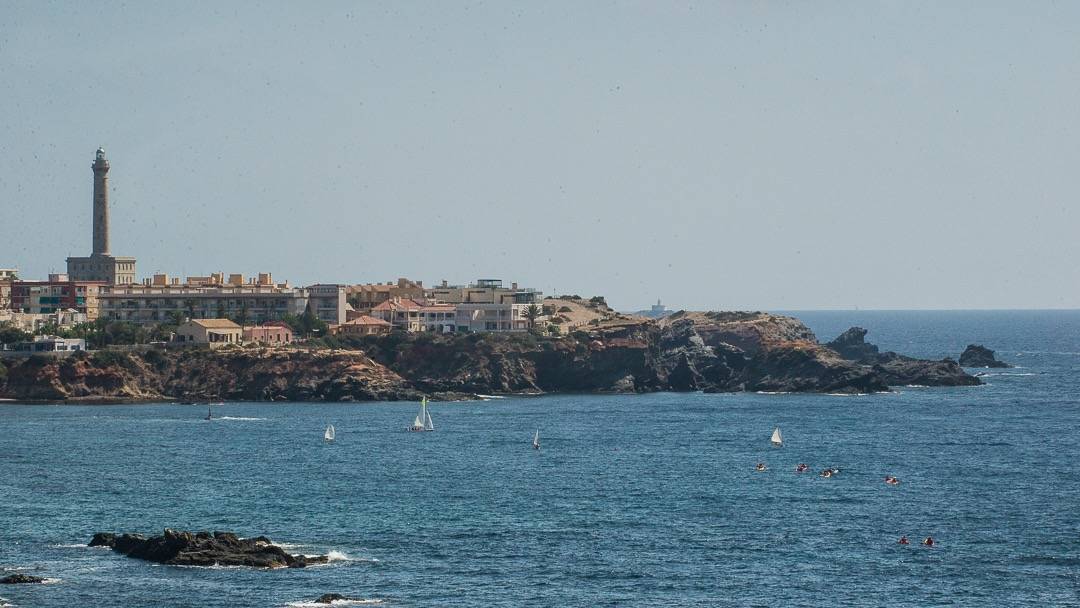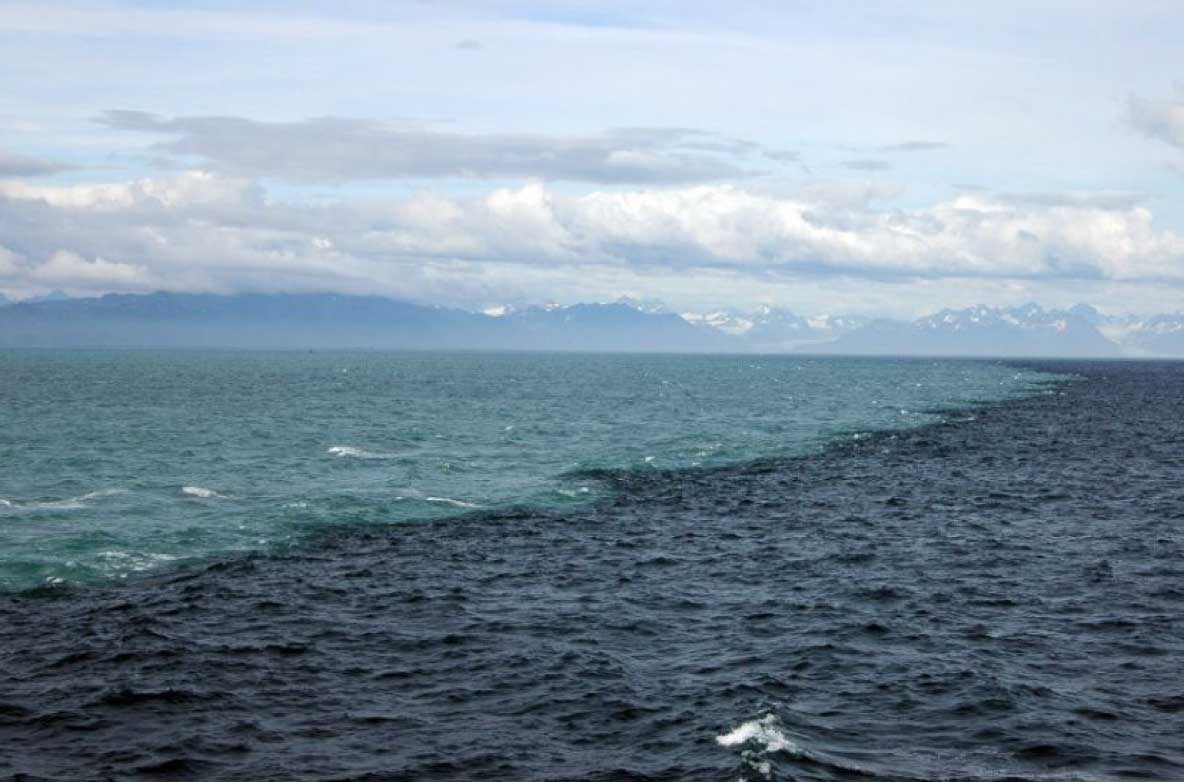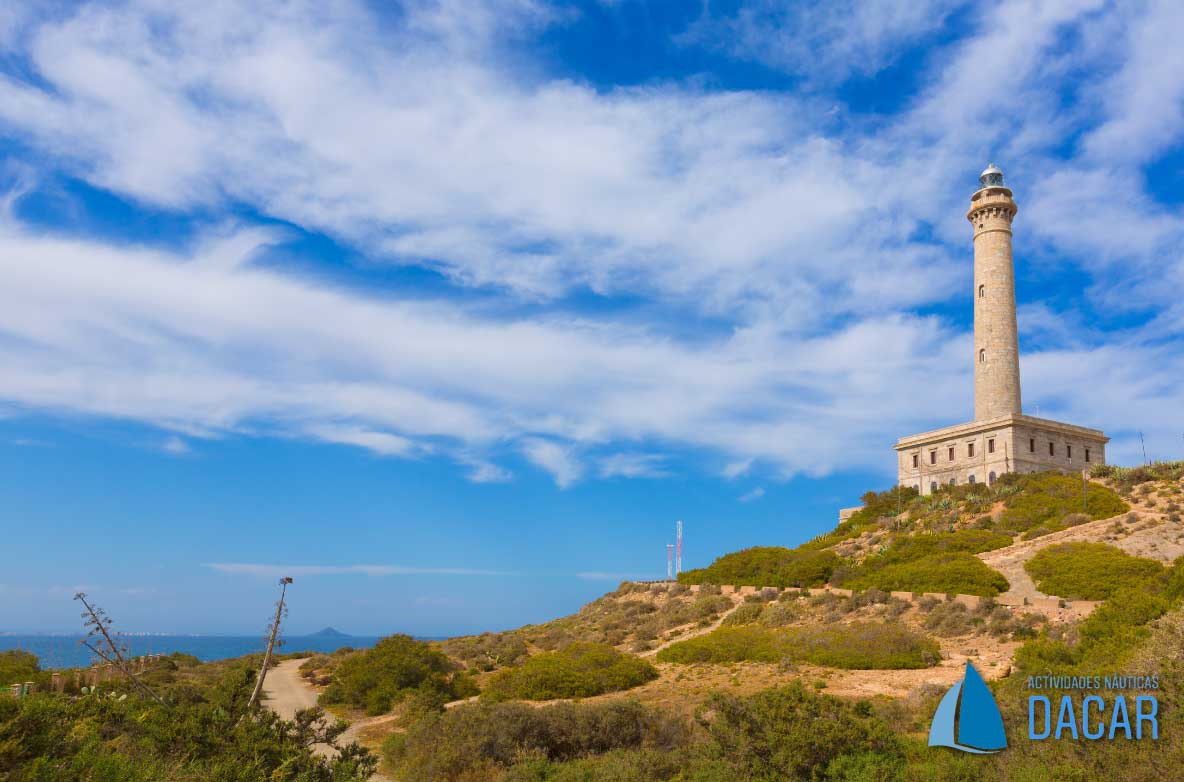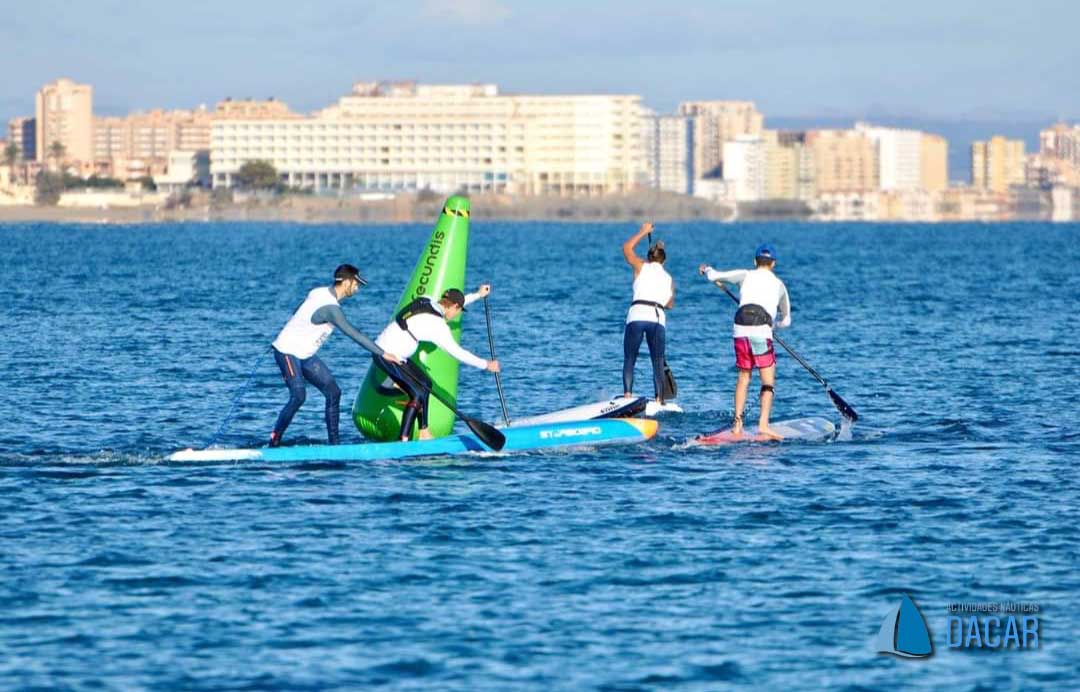Cabo de Palos Lighthouse
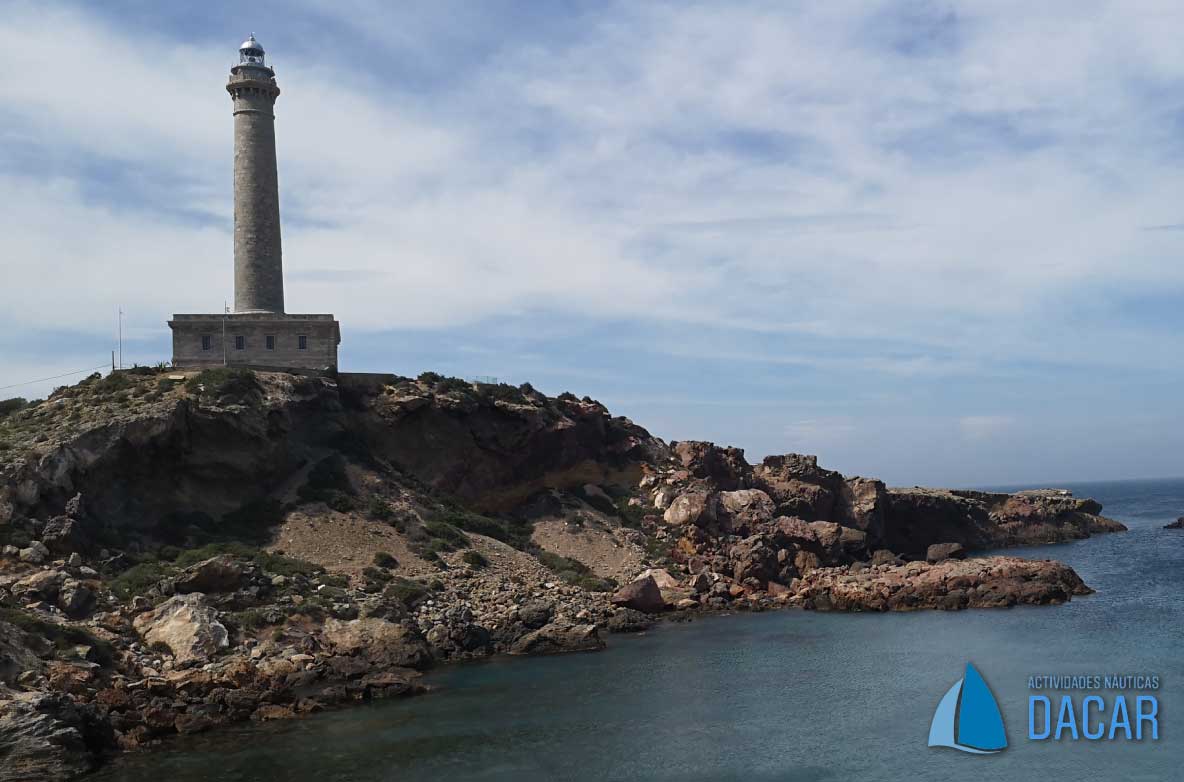
Some time ago we told you about the history of Cabo de Palos and the filming of "The last lighthouse keepers", and today we are going to talk about something that these two things have in common: The Cabo de Palos Lighthouse, specifically, its history.
The lighthouse is located on a rocky promontory in the coastal sierra of Cartagena, 80 meters above sea level. It is in Cabo de Palos where it stands imposingly. It is one of the most spectacular lighthouses in our country. The Special Commission of Lighthouses built it to control a wide maritime area and direct navigation to more than 20 miles in all directions. It was the lack of elevation of the land that made it necessary to raise its imposing tower so that its light would have the necessary range.
It was built under the direction of Juan Romero Rocafull and Evaristo de Churruca, both engineers. They compared it at that time with some of the most important lighthouses in Europe. On January 31, 1865, it was illuminated for the first time thanks to a lamp that used olive oil. For almost 40 years it was the school where future lighthouse keepers were trained.

Its modernization occurred in 1960 with the arrival of the power line to Cabo de Palos. In front of the lighthouse, there are a series of submerged reefs that form a dangerous barrier to navigation. This has caused numerous shipwrecks over the years. And perhaps the best known is the sinking of the Italian ocean liner Sirio in 1906. It is a tragic and dramatic story in which 550 of the 1,000 people on board died. It is the largest civil navigation accident that occurred on the Spanish coasts.
On Isla de la Hormiga, a small lighthouse supports the one in Cabo de Palos. This small island also witnessed a tragic incident in the history of lighthouses in the Region. In 1869 a strong storm from Levante tore away the four walls of the building, without the lighthouse keeper being able to do anything while the sea took his wife and three children from him. Finally, when he was under the waves, the lighthouse keeper could be rescued from certain death. After this tragedy, no one returned to live in the Islas Hormigas lighthouse. Subsequently, a new circular concrete lighthouse was designed that was capable of withstanding the furious Mediterranean storms. Since then it has functioned as a slave lighthouse to the Cabo de Palos lighthouse. The lights of the two lighthouses are visible 40 km away from the coast.

For more than 100 years, the Cabo de Palos Lighthouse has ensured safety in navigation through the Mediterranean in this area of the Murcian coast. Its wonderful and majestic architecture has made it one of the most emblematic buildings of Cabo de Palos and the Region, and one of the most beautiful lighthouses on our coasts.


